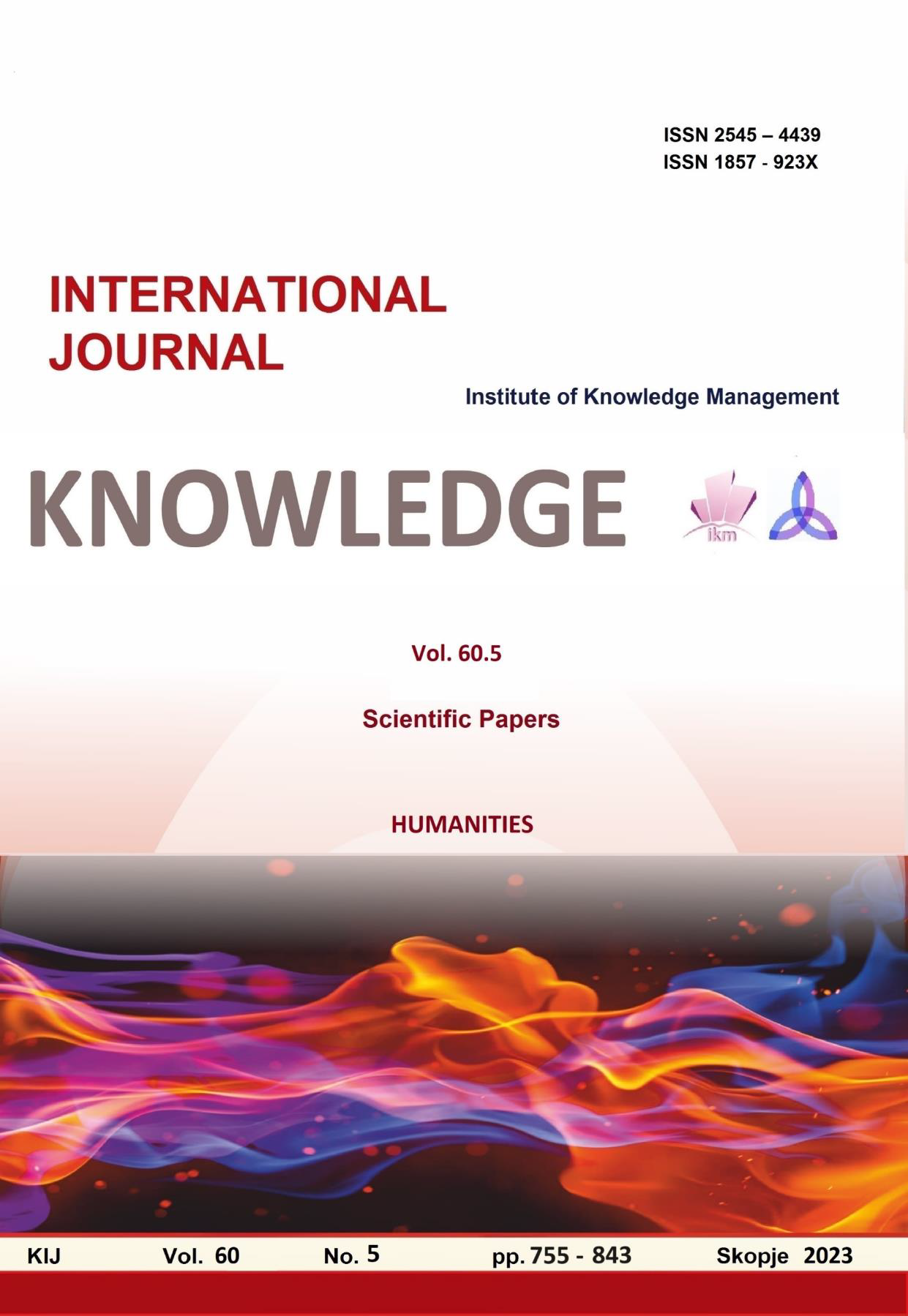ФЕСТИВАЛА НА ЕТНОСИТЕ, БАГРИТЕ И КОТЛЕНСКИЯ КИЛИМ: СПЛОТЯВАНЕ НА ЛОКАЛНИТЕ ОБЩНОСТИ И ПРЕ (ОТКРИВАНЕ НА ТРАДИЦИИ)
THE FESTIVAL OF ETHNICITIES, BAGRAS AND THE KOTLEN CARPET: UNITING LOCAL COMMUNITIES AND (RE)DISCOVERING TRADITIONS
Author(s): Kamelia PetkovaSubject(s): Anthropology, Social Sciences, Sociology, Cultural Anthropology / Ethnology
Published by: Scientific Institute of Management and Knowledge
Keywords: Local communities;festivals;holidays;ethnicities;identity
Summary/Abstract: In today's global world, festivals have established themselves as an essential component of the cultural life of late modernity. In Bulgaria, in recent years we have witnessed an avalanche like increase in the number of these events, especially after the COVID 19 pandemic. Of course, organizing festivals is by no means a new idea. They have existed since ancient times, and the word itself is derived from Latin and means public joy and merriment (Falassi, 1987). However, the "festival boom" we are witnessing today can be seen as an opportunity for even small, peripheral municipalities to become cultural centers and gain prominence. A typical example of such a small municipality is the town of Kotel, which for the seventh year has successfully organized the "Festival of Ethnicities, Colors and the Kotel Carpet". This event is an object of research interest from the point of view of the energy and magnetism with which it attracts thousands of visitors every year. As an example of preservation of local communities, this festival is unique, demonstrating the cohesion and unity of all ethnic groups on the territory of the municipality (Bulgarians, Roma, Turks and Karakachans), to live together in peace and harmony among themselves. As a celebration of the city, this festival reproduces some essential local characteristics related to the fact that there is dialogue and understanding between the "different" who come together in the name of a common idea of joint celebration. The built network of informal connections and relationships that are created and strengthened during the preparation and running of the festival generates potential, the significance of which continues to have an effect even after the event is over. This festival in this particular case can also be seen as an attempt to strengthen the community's "internal" social and cultural identity by providing an arena for residents (Bulgarians, Roma, Turks and Karakachans) to draw on shared histories, cultural practices and ideals (Ekman, 1999) and therefore produce and reproduce local knowledge for the four ethnicities. The included observation of this festival and a series of in depth interviews within the project "Local holidays: a resource of local communities to deal with crises", financed by the Scientific Research Fund of the Ministry of Education and Culture, will allow to outline some essential characteristics of this festival, bringing out its hidden potential for the development of local identity of local communities.
Journal: Knowledge - International Journal
- Issue Year: 60/2023
- Issue No: 5
- Page Range: 785-791
- Page Count: 7
- Language: Bulgarian

